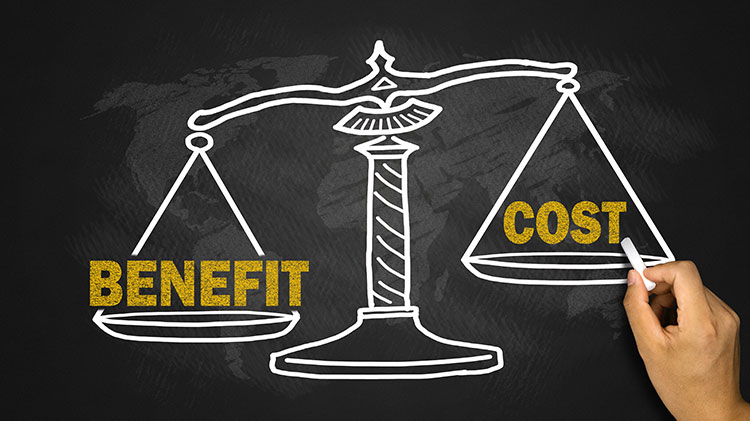
The Value Equation: What Makes Your Innovation Valuable?
- Post by: Jennifer Kenny
- July 24, 2021
- Comments off
Approximately 90% of all new products fail, which means very few people understand the value equation, or know how to get their innovation adopted. And what good is an innovation if no one adopts it?
Although you can try to use gimmicks and sales tactics to increase your likelihood of success, it’s often much easier to make your new product “adoptable.”
Enter the Buyer’s Value Equation.
You can use all the Google Ads tricks in the world, but if you don’t know how your customers measure value, you’ll struggle to grow.
What is a Value Equation?
Simply put, your product’s value to the customer is established by its cost-benefit ratio. And value is the driving force influencing a purchase.
If your product has a high cost of adoption (in terms of learning, usability, support systems) then it doesn’t really matter how much benefit the customer gets.
Discover how to pinpoint your target market’s motivators and use them to offer something of significant value
When you understand the value expectations of the buyer, you can tailor your products, services, sales channels, pricing and positioning messages.
This is essential to business success. According to CB Insights, 42% of startups fail because of a lack of perceived value. This significant failure rate demonstrates that many businesses don’t deliver the value that is required for purchase — or understand the target market’s motivations and its role in determining value expectations.
The more you understand the customer’s cost-benefit perspective, the better you can create the solution they’re searching for — that is based on your product or service.
So, how do people measure value?
Memorize this value equation: “cost-benefit ratio equals value”
Two Dimensions of the Value Equation
Every purchase decision starts with an assessment of value. And there are two things that establish value in the buyer’s mind: cost and benefit.
1. Cost
If someone is unsure what type of phone to buy, they start with “cost-related” questions:
How much can I afford and what is the purchase price?
How painful is the cellphone contract?
Is the new interface hard to use?
Will I be forced to buy upgrades or extras?
Which apps will I need to add on myself?
Cost comes in many forms and goes by many names — friction, pain, learning curve, risk, resource-demand, etc.
Maybe you’ve seen surveys that show why small businesses refuse to use new technology such as CRMs. The primary reason cited in these studies is: integrating a CRM system — and getting the staff acclimated to it — takes up “too many resources,” which means the cost is too high relative to the benefits received.
2. Benefit
Benefit is in the eyes of the beholder.
So, what is helpful or beneficial for you may be of NO interest to someone else.
This is the primary reason so many new products fail. The provider doesn’t really know what is most important to the buyer. And most product-feature decisions are made based on “me too” analysis, because the vendor doesn’t want to fall behind their competitors.
AND, the desired benefit changes dramatically as a market matures.
Now, what does this mean for your business?
It’s very important for all companies to focus their efforts on the concept of value as perceived by the buyer and end-user. Product champions need to step up and align the customer’s desired benefits with the characteristics of the product.
That means using proven methods to reduce risk, pain, and the cost of adoption… and keeping your cost-benefit ratio aligned with people in your target market.
Are you going to be part of the small group of businesses that offer successful products? If that is your goal, pay attention to the cost-benefit equation, which is also known as the value you deliver.
